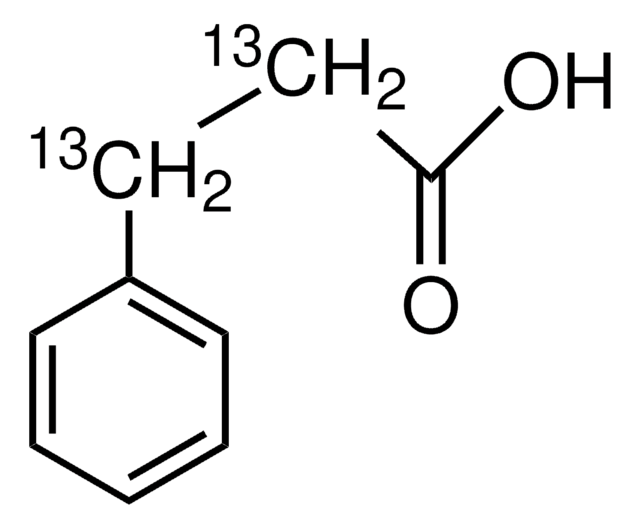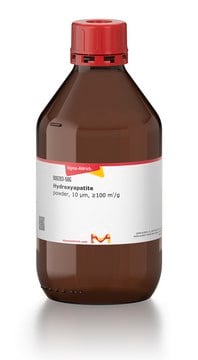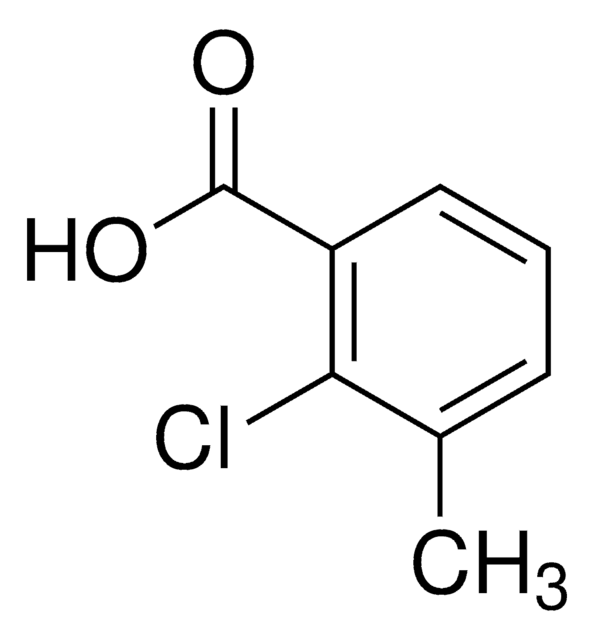GF96794106
Iron
foil, not light tested, 100x100mm, thickness 0.009mm, 99.85%
Synonym(s):
Iron, FE000140
Sign Into View Organizational & Contract Pricing
All Photos(2)
About This Item
Linear Formula:
Fe
CAS Number:
Molecular Weight:
55.85
MDL number:
UNSPSC Code:
12141721
PubChem Substance ID:
NACRES:
NA.23
Recommended Products
Assay
≥99.85%
form
foil
manufacturer/tradename
Goodfellow 967-941-06
resistivity
9.71 μΩ-cm
bp
2750 °C (lit.)
mp
1535 °C (lit.)
density
7.86 g/mL at 25 °C (lit.)
SMILES string
[Fe]
InChI
1S/Fe
InChI key
XEEYBQQBJWHFJM-UHFFFAOYSA-N
General description
For updated SDS information please visit www.goodfellow.com.
Legal Information
Product of Goodfellow
Certificates of Analysis (COA)
Search for Certificates of Analysis (COA) by entering the products Lot/Batch Number. Lot and Batch Numbers can be found on a product’s label following the words ‘Lot’ or ‘Batch’.
Already Own This Product?
Find documentation for the products that you have recently purchased in the Document Library.
Jun-Won Jang et al.
Water science and technology : a journal of the International Association on Water Pollution Research, 59(12), 2503-2507 (2009-06-23)
Zero valent iron has been successfully used for the degradation of a wide range of contaminants. However, this reaction of using ZVI particle produces a large quantity of iron sludge. To solve the problem, we report the synthesis of self-organized
Qiu et al.
Physical review letters, 85(7), 1492-1495 (2000-09-06)
FeF (2) films are grown by the reaction of XeF (2) and SeF (6) with iron foil. The growth initially follows the Mott-Cabrera parabolic rate law, indicating that the process is diffusion limited. At a certain film thickness, however, the
Arnold L Demain et al.
Applied microbiology and biotechnology, 73(1), 55-59 (2006-04-20)
When tetanus toxin is made by fermentation with Clostridium tetani, the traditional source of iron is an insoluble preparation called reduced iron powder. This material removes oxygen from the system by forming FeO(2) (rust). When inoculated in a newly developed
Antonino Missineo et al.
Infection and immunity, 82(6), 2448-2459 (2014-04-02)
Staphylococcus lugdunensis is a coagulase-negative staphylococcus that is a commensal of humans and an opportunistic pathogen. It can cause a spectrum of infections, including those that are associated with the ability to form biofilm, such as occurs with endocarditis or
Maria Wilhelm et al.
Clinical nephrology, 81(4), 251-258 (2014-03-25)
Hyperphosphatemia in advanced chronic kidney disease (CKD) necessitates the use of phosphate binders. This in vitro study assessed phosphate binding and Fe release properties of the novel iron-based phosphate binder PA21. Phosphate adsorption and Fe release were assessed under conditions
Our team of scientists has experience in all areas of research including Life Science, Material Science, Chemical Synthesis, Chromatography, Analytical and many others.
Contact Technical Service






